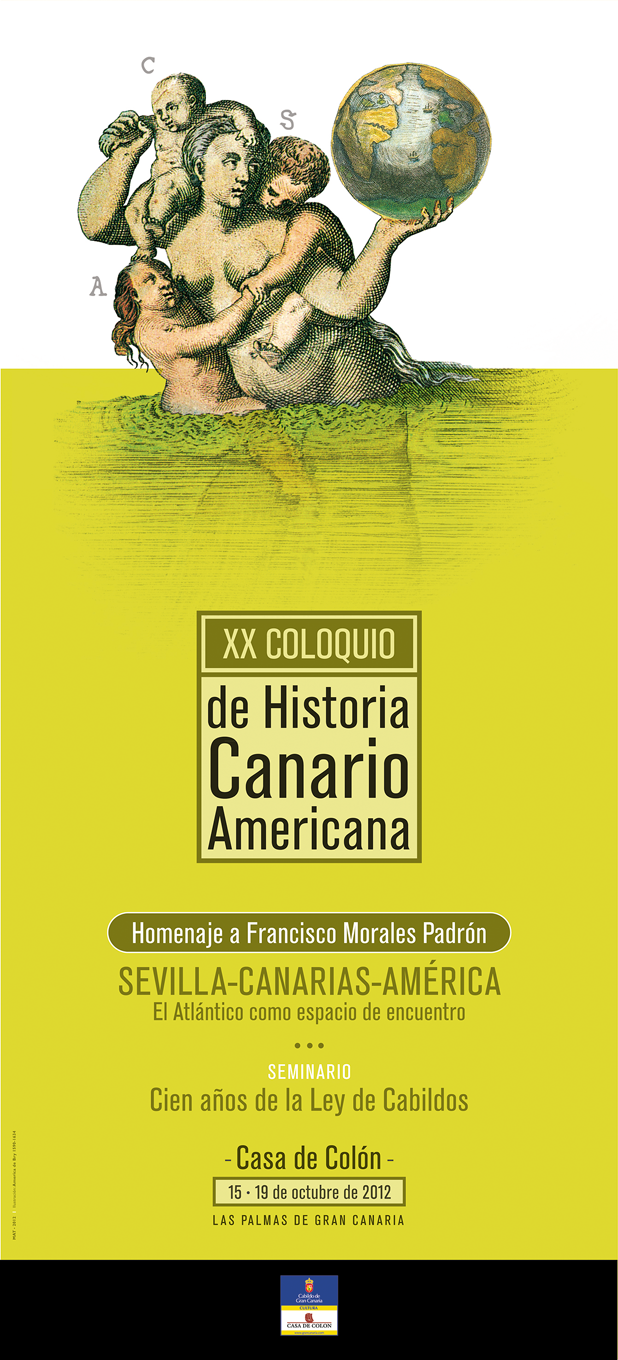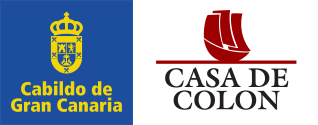Desde arriba se ve mejor. Aproximación al uso del suelo en la Gran Canaria prehispánica (ss. XI-XV) / There is a better view from above. Approach to the use of Land in pre-hispanic Gran Canaria (11th – 15th Centuries)
Palabras clave:
territorios de explotación, SIG, arqueología del territorio, estadística, Exploitation territories, GIS (Geographic Information System), Landscape Archaeology, StatisticsResumen
Este trabajo pretende, en clave diacrónica, estudiar eluso y ocupación del territorio de Gran Canaria entrelos siglos VIII y XV de la formación social aborigen.Para ello se ha elegido como unidad geográfica lapropia isla, utilizando para ello aquellos yacimientos,que bien por venir citados en las fuentes etnohistóricas,bien por existir datos arqueológicos suficientespermitan generar un modelo evolutivo inicial.Así, se ha tratado de estudiar el territorio deexplotación de un total de veintiocho (28) yacimientostratando de evaluar de forma cuantitativa, a través deluso del SIG la potencialidad agraria de los terrenos ensu entorno, usando para ello modelos coste-distancia.Realizando los polígonos correspondientes a diferentesmedidas de tiempo. A través de estos se ha medido lassuperficies de los suelos clasificados según el sistemade evaluación de Mapas de Clases Agrológicas,previamente ponderado, obteniendo así, una primerahipótesis sobre la ocupación del espacio y su gestión.
This work tries, in a diachronic way, to study the useand occupation of the land in Gran Canaria betweenthe 8th and 15th centuries by the social aborigineconfiguration. To this purpose it has been chosen theisland as a geographical unity, using for this reasonthose archaeological sites that either by being quotedin the ethno historic sources or by the existence ofenough archaeological data, allows to generate aninitial evolutionary pattern.So, it has been attempt to study the exploitationterritory of a total of twenty-eight (28) sites trying toevaluate in a quantitative way, by the use of GIS theagricultural potentiality of the surrounding lands, usingwaste-distance patterns. Making the polygonscorresponding to different measures of time. Throughthem it has been measured the surfaces of the landsclassified by the Agrological Classes Maps evaluationsystem, previously weighted, obtaining this way a firsthypothesis about the occupation of space and itsmanagement.




